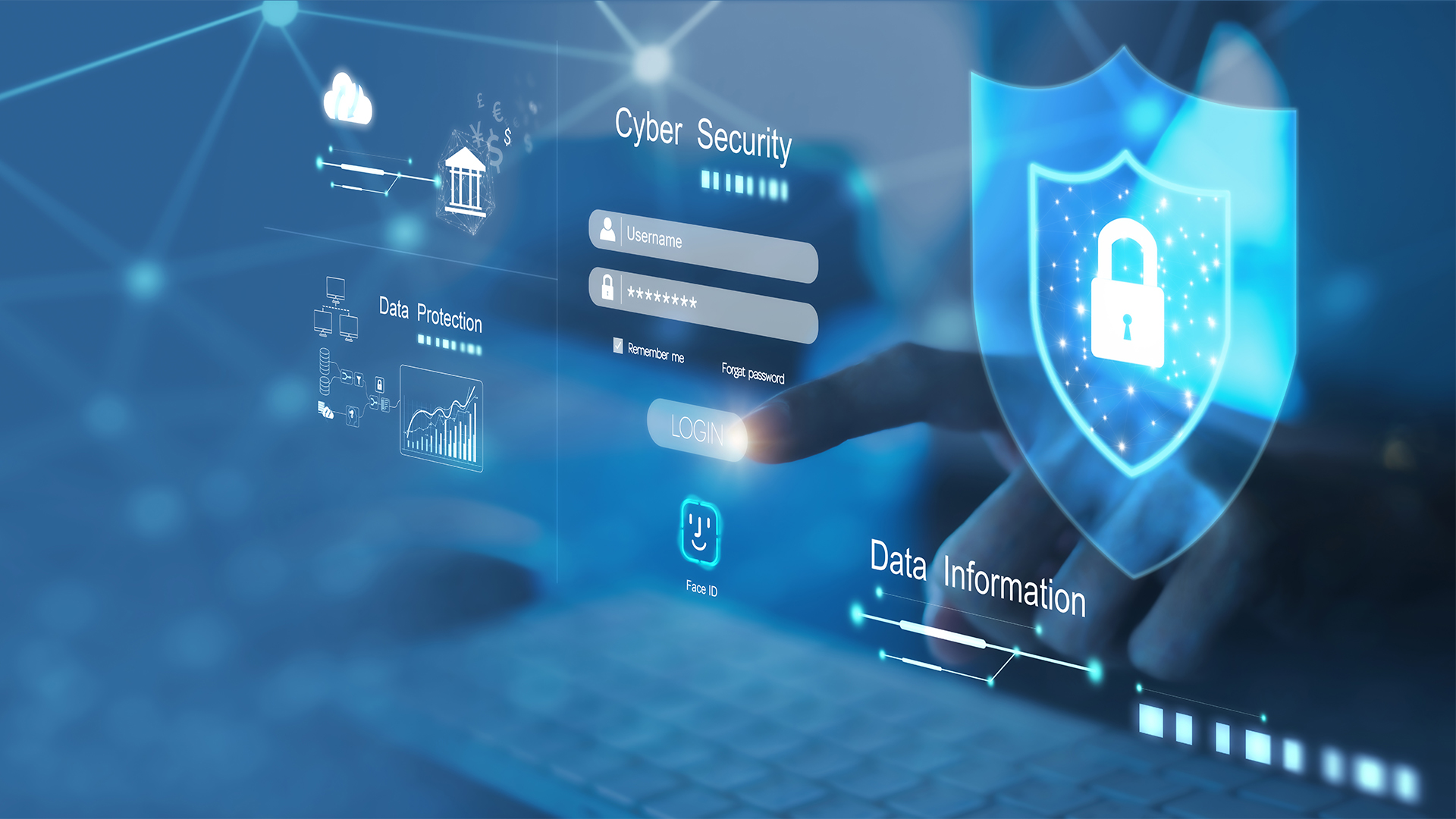
By Henry Bell, Head of Product at Vendorland
The Internet is a well-known concept that you must be familiar with, but what about the Internet of Things (IoT)? It’s not a brand new technology, but it recently started flourishing thanks to its numerous use cases.
One of the most useful applications of IoT is customer analytics because you can use it to gather and centralize consumer insights. Leveraging IoT, businesses can track consumer behavior, preferences, and needs with higher precision than ever before, and as a result, to create better customer experiences and strategies.
In other words, they can use IoT data to serve their customers better. Our goal is to explain how IoT works and how to use it to improve customer analytics. Let’s take a look!
IoT: How Does It Work?
Perhaps it sounds unusual, but IoT is a relatively simple concept. It describes the network of physical objects that are embedded with sensors, software, and other technologies for the purpose of connecting and exchanging data with other devices and systems over the Internet.
That basically means that IoT is a network of devices that can communicate with each other. It’s a four-step structure that includes:
- Devices with sensors: These sensors gather data from the surrounding environment.
- Connectivity: Devices now transmit the data to a central location.
- Data processing: The data is processed and analyzed in the central analytics system.
- User interface: Finally, end users obtain relevant data through the interface. The insights are used to improve customer experiences or create new strategies.
IoT devices can be anything from cars and wearable devices to buildings and industrial machinery. The whole system has become possible due to a couple of important technological advances – the miniaturization of sensors and electronics and the development of low-power wireless communication.
According to Statista, the projected IoT spending worldwide will reach more than $1.387 bn by 2024. That’s possible due to the improbable growth of the IoT industry – there are already more than 15 billion active IoT devices globally.
More importantly, data collected from IoT devices is expected to reach 79 ZB in the next three years. It’s a staggering figure that reveals the potential of IoT in the field of customer analytics. It is here that data analytics companies play a pivotal role.
How to Centralize User Insights with IoT?
Now that you know how IoT works, it’s time to learn how to use it for customer analytics. The process is not much different from other types of data collection – you need to gather, process, and analyze data. However, there are some important things to keep in mind.
When it comes to data gathering, you have two options. The first one is to purchase data from third-party providers.
The second option is to collect data yourself with the help of IoT devices. They can be placed in strategic locations, such as retail stores, office buildings, or public transportation – it depends on the type of business you’re running. IoT devices track consumer behavior and preferences and send data to the central analytics system.
The data processing stage is important because you need to clean and organize the data. This is done with the help of special software that filters, sorts, and groups data. After that, your data sets are ready for analysis – and that’s where the fun really starts.
There are many methods of data analysis, but data mining is the most popular. It’s a process of extracting valuable information from large data sets. Luckily enough, IoT networks give you more than enough information to work with, so you can extrapolate all the user-related insights you need.
The last stage is to interpret the data and use it to improve customer experiences or create new strategies. The insights you obtain can be used to personalize the user experience, develop targeted marketing campaigns, or optimize the supply chain. To get the most out of customer analytics, you need to use all the data you have.
IoT provides an opportunity to do just that – it gives you a complete picture of customer behavior and preferences. By collecting and analyzing data from various touchpoints, you can obtain valuable insights that would otherwise be unavailable.
Common IoT Use Cases
IoT and customer analytics may seem a bit too complex, but the truth is that many organizations and businesses already rely on this powerful technology. There are many ways to use IoT for customer analytics. The most common use cases are these:
- In-store analytics
Retailers use IoT devices, such as beacons and cameras, to track customer behavior in real-time. The data is used to improve the in-store experience and optimize the layout of the store. According to the report, many retail companies like Kroger, Zara, Walmart, Tesco, etc., have launched smart devices, to improve customer experience.
- Smart city analytics
IoT also enables entire countries to build so-called smart cities, AKA urban areas that use IoT networks to manage various city operations. They use data collected by sensors and other IoT devices to optimize traffic flow, reduce crime, and improve the quality of life. Besides that, smart cities rely on IoT to analyze weather conditions and air quality.
With so much information about a given city, local authorities can develop new urban planning solutions and make the citizens feel better and more comfortable. Smart city analytics is a complex area that combines many different technologies, including big data, machine learning, artificial intelligence, and so on.
- Transportation analytics
IoT devices, such as GPS tracking devices, are used to track the movement of people and vehicles. Transportation companies take advantage of IoT networks to improve traffic flow, optimize public transportation, and develop new mobility solutions. All this makes the user experience better and reduces the overall cost of transportation.
- Building analytics
Construction companies often place IoT sensors in office buildings and other types of commercial real estate to collect data about the usage of the space. The data is used to improve energy efficiency, security, and comfort.
- IoT in healthcare
IoT devices are popular in healthcare because they can improve the quality of patient care. For example, hospitals use IoT networks to track the location of patients and staff, monitor medical equipment, and manage appointments. It helps hospitals to improve the efficiency of hospital operations and the quality of patient care.
Besides that, IoT devices can send real-time alerts about the patient’s condition to the staff. It allows for a prompt response in case of an emergency.
Final Thoughts
IoT is a game-changer in the field of customer analytics. By collecting and analyzing data from various touchpoints, you can obtain valuable insights that would otherwise be unavailable. With the help of IoT, you can improve customer experiences, develop targeted marketing campaigns, or optimize the supply chain.
The options are limitless, so it’s only a matter of time before we see even more innovative and amazing IoT applications. In order to stay ahead of the curve, it’s important to understand how to use IoT to your advantage – and that starts with customer analytics.







